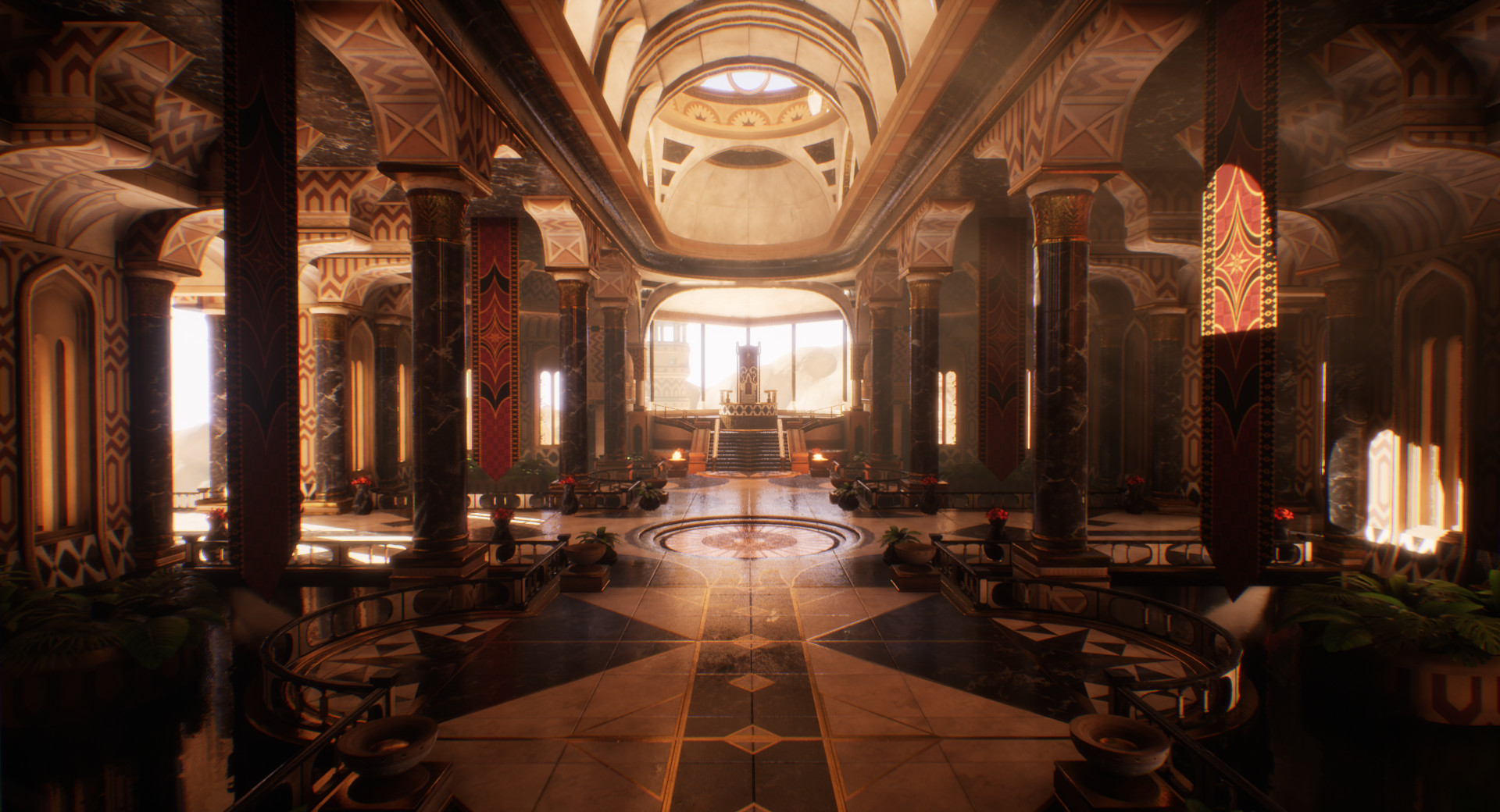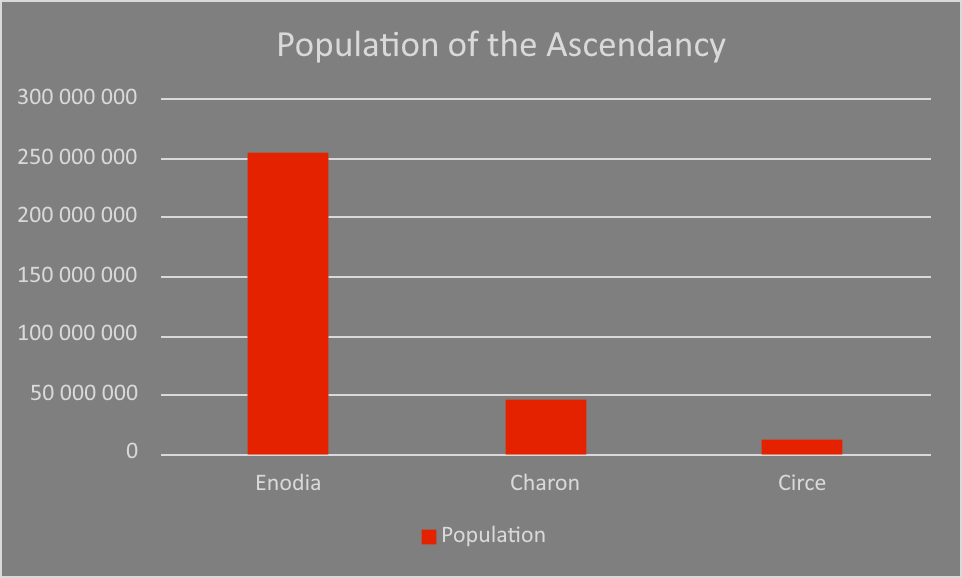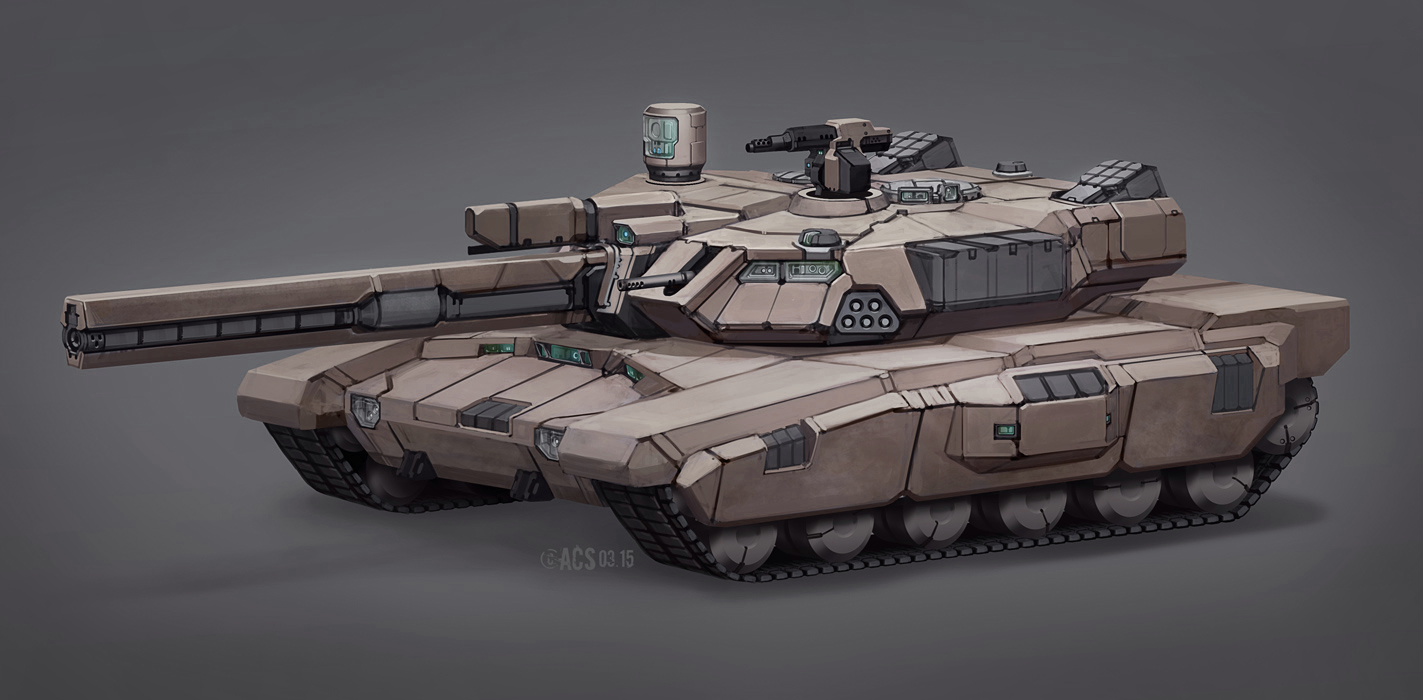Luckily, the CG representatives only cared about their profits, and not the state of the colony. If the stagnant growth was easily justified with outdated equipment and an exhausted workforce, no one dug too deep. This was quite literally essential, as the Asterians started to build underground shipyards, siphoning funds and resources from both public and private assets that could be sacrificed. Those that lived in the resulting miserable conditions were guaranteed to have them and their families on the first ships to leave the colony, and were all recognized as heroes and martyrs of the nation. In the meantime, other plans, such as organized protests, were set in motion to convince outsiders that the colony was truly in a crisis. The next two decades would continue this way, with the more curious investigators and auditors bribed away and the first exploration ships launched to identify their new home.
The Medean system was found in June 215 and elected to become the new homeworld of the Asterian people. With an untouched class V world that could rival Vesta's beauty and riches, the Medean system was a dream come true for the colonists, and reinvigorated their determination. As the colony prepared its rebellion in the shadows, Salhi's government also had to deal with everyday's business. Despite numerous attempts and negotiations, corporate taxes did not change, prompting the Asterian government to start legal actions. As the Asterians were perceived as powerless and uncultured due to twenty years of recession, successful negotiations with MINERVA were unlikely. As expected, the administration officially supported Ceryx Group, enacting economic sanctions on the colony. With their casus belli now clear, Asteria declared independence on March 27th, 221.
Interstellar War
The Asterian offensive was swift and brutal. In less than 72 hours, all corporate security assets were either captured or destroyed, and the colony's orbit was under the control of Salhi's navy. While inexperienced in ground battles, Kayla Salhi was an innovative strategist in space warfare. Favoring overwhelming firepower and mobility, the Salhin navy easily destroyed the remaining corporate ships and stations left in the system and prepared for the upcoming Vestan assault. In the meantime, evacuation plans were put into motion, and the colony prepared for its final days. For the next eight months, colony ships and transports were assembled, loaded and launched in orbit, preparing for their exodus, while the most valuable buildings and facilities were tore down and recycled. By November 211, the preparations were already well underway when MINERVA launched its counter-attack.
The Ascendancy's navy fought using a unique approach of high-intensity guerilla warfare that would shape the face of modern warfare forever. The Liberation Fleet sent by MINERVA was forced to retreat, and the war continued for well over two years of vicious space battles before the tides finally turned on the Enodians. Still, those two years were enough to safely send away the entirety of the Enodian Evacuation Fleet. The few military ships left in the system escaped with the last wave of the Evacuation Fleet, forming its rear guard, while the Vestans besieged for the colony. As the last automated defenses around the capital were destroyed by orbital bombardment, the Enodians's resorted to a nuclear barrage to destroy all sensitive material they could not evacuate, triggering a nuclear winter. As Asteria slowly became a radioactive wasteland, its satellite network delivered one final message, Kayla Salhi's famous "Three Virtues" speech, before crashing on the surface and removing the last traces of the Asterian nation.
After their escape, the Enodian Evacuation Fleet traveled slowly across randomized jump points, escorted by the Enodian Navy's rear guard, to avoid leading any pursuers to their new home. This 31-month journey delayed the colonization of Mastema to September 215, with the first settlements replacing the previously established outposts. Thanks to extensive planning, abundant supplies and a well-prepared workforce, the first cities rapidly became autonomous, leading to the official nomination of the first imperial government in January 226. Eager to rise above MINERVA, the Enodians proclaimed themselves as the Ascendant Enodian Empire and Kayla Salhi became the Empire's first monarch with overwhelming support. With the war behind them, the Enodians focused on building the foundations of their nation and quickly repurposed many ships for exploration and exploitation endeavors. While not the richest system of Elysium, Medea provided all the necessary materials, including the precious Takenite crystals, for the fledgling Empire, thus delaying the need for expansions into the next century.
In 237, Enodian explorers discovered what is now know as the Graveyard, a large region of land covered in ship wreckages. Early studies of the wreckages proved that they were the first undeniable traces of alien civilization, a discovery that revitalized the Enodians in their goal to surpass the Vestans. The moon was quickly settled and multiple outposts and laboratories were built on what became Charon. Unfortunately, the planet's barren landscape and harsh weather prevented it from becoming a major center of population, and instead turned it into a major center of innovation despite the meager size of the colony. Still, studies of the various wreckages and their decayed computer systems and power grids led to significant breakthroughs, such as the invention of the first neurocomputers, based on artificial nanites forming a dense neural network. This technology eventually evolved into the first Artificial Self-Thinking Intelligences , or ASTIs, created in 262.
These ASTIs changed the Ascendancy forever. While complex to manufacture, these new AIs used readily available materials and were capable of both excellent processing power and human-like decisions. Without any needs for food, rest or even healthcare, they were the ideal workers that would both revolutionize the imperial workforce and reinvigorate the Ascendancy's neglected arts, entertainment and recreation industry. With ASTIs growing more and more advanced and affordable, imperial society eventually shifted to its current state, where almost all human citizens are from the upper classes. Living conditions for imperial citizens have never been higher, and even ASTIs have, through their numbers and productivity, lives that the Asterians of the 3rd century dreamed of.
Recent history
In 289, after sixty years of isolation, the Federation eventually came into contact with the Ascendancy when a Vestan exploration vessel reached Medea. In response, diplomats were sent with a military expedition to establish an embassy. With its secrecy gone, the Ascendancy also dispatched numerous spies to assess the evolution of the Federation, using diplomatic missions as opportunities to recover their assets. In the following years, both nations remained on high alert, with heavy military presence on the borders of both nations. In 291, the Empire formally declared peace with the Federation, as it became evident that both nations were more than capable of destroying each other. Ever since, the Federation has attempted to improve relations with trade opportunities and other proposals, but despite the Ascendancy's neutral response, xenophobia and a lack of demand has left these attempts unfruitful. Furthermore, frequent incursions of criminal elements from the Federation have left the Enodians with a very poor impression of the Vestans.
Structure
The Ascendancy is an absolute monarchy ruling over three provinces, covering each of its three colonized planets. Each province has some local institutions and jurisdictions under the leadership of its governor, but is otherwise under the direct authority of the imperial government. This government is appointed from the top, with the first positions nominated by the Empress herself. Each position is in charge of appointing their respective department heads, continuing the chain all the way to the bottom. Yearly performance reviews and internal audits performed by the Empress herself led to average mandates of roughly six years before government officials are encouraged to step down.
While the Empress has absolute authority, she does not handle every aspects of the Empire. This is done by the government, which comprises three branches:
- Legislative: The Imperial Parliament votes on laws, declares war, approves treaties, has the power of the purse, and has the power of impeachment, by which it can remove sitting members of the government (except the imperial family). It has 78 voting members that are elected by imperial citizens for five years. Any decision taken by the Parliament can be overruled by the Empress herself, although the case has yet to occur.
- Executive: The Empress is the commander-in-chief of the military and appoints the Empire's ministers. While these ministries oversee the Empire's activities, the Empress has total control over each of them, with the ability to overrule any decision made by her ministers. This happened several times throughout the Empire's history, leading to several ministers being abruptly demoted from their positions. While initially unpopular, these decisions have, so far, not been detrimental to the Empire or its people.
- Judicial: The High Magistrates and lower imperial courts, whose judges are appointed by the Ministry of Justice, interpret laws and can request to modify them. The seven High Magistrates are elected for eight years by a selected few, and are the only position that the imperial family cannot forcibly remove.
Culture
Unlike the many traditions and ethnic groups of the Federation, the Enodians have inherited much of Asteria’s culture and, as the self-proclaimed victors of the Interstellar War, hold their independence from Vestan influence in high regard. After decades of hardships and achievements, the Enodians have grown into a hardy and industrious people, but they also remained as wary as their predecessors towards the Federation, even to this day. This wariness, combined with their lifestyle and technological superiority, eventually made them complacent towards foreigners.
Nearly two thirds of imperial citizens are humans, who have a high life expectancy of 174 years. With most of these human citizens belonging to the highest social classes, they often pursue decades-long careers in order to become renowned experts in their respective fields. This trend is motivated by social pressure such as pride, greed or even spite, but also by almost non-existent welfare and retirement policies. These policies, aiming to root out “Vestan indolence” and promote self management skills, were only possible thanks to the birth of ASTI workers and the subsequently improved living conditions. This also led to a sharp drop in crime rate, relieving the Empire’s military from the Federation's dreaded and costly anti-piracy operations.
In contrast, the Ascendancy’s lower and lower-middle classes are made of ASTI citizens, who represent more than a third of its population. Despite their far superior processing speed and learning capabilities, they are regarded as second class citizens due to their poor social and creative skills. Their lack of programmed guide rails, while giving them free will, also led to the rise of technophobic groups and ASTI segregation. By using the same laws and ethics for both races, however, these cases of discrimination remain uncommon, leading to stable relations between both species. Requiring minimal maintenance and foregoing the need for sleep or food, ASTIs are often hired as permanent household servants and corporate workers. Most of them are satisfied with such roles, but some are ambitious and tenacious enough to eventually reach high-ranked positions usually awarded to humans.
Modern Enodian society primarily revolves around the symbiotic relationship of an ASTI workforce supplemented by human supervisors. This led to the construction of new facilities, often referred to as “work centers” or “labor farms”, depending on the industry, that are now commonplace throughout the Ascendancy. Despite their name, these facilities are highly advanced data centers and factories, housing on-site staff and numerous ASTIs in dedicated work spaces and often coupled with a virtual work environment. This allows human supervisors to remotely interact with ASTI co-workers from the comfort of their homes while optimizing the real estate usage of industries and corporations, leading to imperial cities that are often full of grandiose state-of-the-art corporate, public and private estates.
Demography and population
The global census of 382 estimated the total population of the Empire to 261 081 542, making it the second most populous nation in the Elysium star cluster. This number, however, takes into account the 61 288 010 Artificial Self-Thinking Intelligences that comprises the Ascendancy's lower classes. With an average population growth of 1,90% each year, the Ascendancy's population is expected to reach 430 millions in the 400s, although this number is highly dependent on ASTI production. The current population is primarily located in urban areas on Enodia and Charon, and in rural communities on Circe. Based on the global census of 382, the Enodian population is distributed as follow:
- Enodia: 206 254 418
- Charon: 45 689 270
- Circe: 9 137 854
Territories
The Empire is divided into three provinces, each covering a planet's sphere of influence and functioning as a self-governed entity:
Enodia
With abundant resources and plenty of arable land, Enodia is a jewel of a world in and of itself, but the Enodians made it something even greater. With a large industrial base and impressive cities sprawling between forests, plains and farmland, Enodia is a perfect example of human civilization in harmony with its environment.
Charon
The Charon province, while small and devoid of any significant raw resources, is of vital importance to the Ascendancy. This is thanks to the Graveyard, the source of the Ascendancy's technological edge for the past centuries. While few people live there, the Charon province has the largest military presence after Enodia, earning the nickname of
Forbidden Library.
Circe
The Circe province is the Enodian equivalent of Stannus, and serves more of a fortress than an actual civilian entity. Its cities are fortified and hardened locations housing military families and several military research facilities, while numerous supply depots, barracks and naval bases are permanently built on the gas giant's moons.
Military
The Ascendancy's military was rebuilt into the Enodian Militant Forces soon after the evacuation of Asteria. They are led by Central Command and, by extension, by the High Monarch and her advisors. The EMF are divided into two branches: the Iron Legion, responsible for planetary operations, and the Void Guard, responsible for space operations. With both branches reporting a total of roughly 1,3 million active personnel, the EMF are one of largest military force in Elysium, second only to the Vestan Defense Forces. While the EMF are dwarfed in size by their Vestan equivalent, they are more than a match for the Federation's military due to an exceptionally high tooth-to-tail ratio of 1:1.27. An indirect result of the Ascendancy's advanced technology, this peculiar composition is thanks to the relegation of all combat duties to ASTI service members. Since ASTIs can easily fulfill multiple roles and are not tied to human constraints, the Ascendancy's military requires far less support and logistics than the VDF. Despite these measures, military service remains voluntary, with an average yearly recruitment rate of 0.46%. Unlike the VDF, however, the Wings can enforce the conscription of ASTI citizens, who can be quickly trained and equipped for combat.
The EMF' human officers and ASTI enlisted troops are significantly more effective than their Vestan counterparts, who are limited by human reflexes and endurance. With ASTIs serving as infantry, vehicles and vessels alike, imperial troops are more numerous, have better mobility, require less logistics and are terrifyingly ruthless. Their shortcomings in intuition, improvisation and adaptability are answered by their human commanders, who oversee the battlefield from their mobile command centers and flagships. This unique composition allows the Wings to maintain numerous bases, outposts and other facilities throughout the Ascendancy, where even a small force would remain a powerful deterrent against any domestic threat. Against external threats, the sheer number of troops that can rapidly be deployed is often enough to overwhelm any force before the enemy can properly organize a defensive line.
Technological level
The Ascendancy is, without a doubt, the most technologically advanced superpower of Elysium, even if the gap with the Federation is closing as time goes on. Utilizing their well-guarded secrets of Archean artifacts and ruins to the best of their abilities, the Enodians have developed numerous applications from the much improved energy distribution and manipulation they have learned. The most notable of these developments are, of course, the ASTIs who now form more than a third of the Ascendancy's population, but other uses such as improve motor efficiency and heat management solutions have also been linked to Archean knowledge, even if never admitted by the government. Another important technology derived from Archean artifacts are the simpler neuromorphic computers used in the Ascendancy today. While more complex and bulkier than conventional chips, these neuromorphic chips bridge the gap between photonic and quantum computing, combining the best of both worlds while remaining affordable. Lastly, the use of more advanced energy distribution systems and better heat management has naturally resulted in improved stealth technologies over any other nation in Elysium, to the dismay of the Elysian Security Organization.
Foreign relations
Vestan Federation
Ever since the peace treaty of 291, relations with the Federation have remained cold at best. Both nations view their counterpart as rivals and aim to gain the upper hand in this unofficial cold war. While embassies and official channels are in place between both nations, the almost non-existent trade and emigration has left very little hope for relations to improve in the coming years.
Elysian Security Organization
The Ascendancy views ESO as a lost offspring and regularly attempts to improve their relations through trade and training programs. This is due to the fact that both nations were born out of a desire to escape MINERVA, and the results have so far been acceptable to both governments. While ESO still remains wary of the Ascendancy's overwhelming military power, relations are warmer than with the Federation.
Sanctioned Council of Unity
As another country born out of the desire for freedom, the Ascendancy maintains good relations with the city of Unity, and multiple trade agreements have been put in place between both nations. While emigration is not yet a significant topic, some Enodians have received both nationalities. Despite these warm relations, the types of goods procured from the Ascendancy are still restricted, as with ESO.
Agriculture
The Ascendancy inherited much of the Federation's agricultural knowledge, relying on xeno-agriculture and Earth-based hydroponics to feed its people. The entirety of the Ascendancy's agricultural output comes from Enodia, whose limited population and amble arable lands have made into a marvel of sustained agriculture and industry. As a result, the Enodian agriculture is well developed and fuels a similarly developed culinary industry. Thanks to this, the shortages of Earth-based foods hasn't been a concern for centuries, even with proposals from Vestan corporations to import them. On the contrary, imperial foods are craved by all throughout Elysium. Nearly a third of Enodia's food production is currently being exported, as the planet produces much more than necessary to feed the entire nation's human population.
Industry
The Enodian industry, while producing extremely high quality products, does not share the same interest. Its prohibitive production costs and recurring lack of UT compliance has left its international exports almost non-existent. This doesn't faze the Enodians, however, as the Ascendancy never planned on its exports to thrive. Imperial mines and factories run around the clock, with ASTIs and humans working hand in hand in shifts that are made convenient with advanced communication technologies and drone constructions. As such, while not yet surpassing the Vestans, the Enodians have matched the Federation's industrial power with their own.
Economy
The Ascendancy doesn't rely nearly as much as the Federation on trade for its provinces to thrive, with Medea being completely autonomous. Nearly two third of all Enodian traffic are domestic flights and trade routes between the Ascendancy's three provinces, with Enodia supplying Charon and Circe with resources and people. The rest of the Enodian merchant fleet performs international exports to ESO and the Concord. Most of the products transiting through international shipping lanes are foods and related culinary products, utilizing a fleet of nationalized interstellar freighters instead of private shipping companies. This is due to the rising risks of attack once the ships leave Enodian territory, and the lack of interest for many citizens to go beyond Medea.
This approach has been somewhat detrimental to international cooperation, however, as imperial trade and passenger vessels are often escorted by military ships that do not hesitate to retaliate when provoked, even in foreign territory. With imperial products being highly coveted by both the Federation and the Concord, however, most turn a blind eye to these altercations. For domestic trade, the Ascendancy doesn't have the robust and extensive logistic network of the Federation, built over decades if not centuries of public investment. Instead, it relies on a vast fleet of interstellar freighters and passenger ships linking the various spaceports. While these ships are larger, more expensive and more vulnerable, the Ascendancy does not have the rampant piracy that plagues the Federation's systems, allowing these passenger liners and freighters to operate safely and autonomously.
Education
Human citizens of the Ascendancy often spend around three decades in training, first as students and then as apprentices. Early studies for human children cover a very wide variety of subjects to assess both their abilities and their ambitions. By the age of 15, most will already have chosen their career and begin dedicated studies in various academies. Along with these academic studies, they will also gradually follow more experienced professionals until they become full-fledged apprentices, honing their crafts until their mentor or supervising organization deem them ready.
ASTI citizens, on the other hand, spend around ten years in their orphoundries before becoming employable adults. Following their graduation, most will apply to various job openings, joining households or corporations to receive additional training and begin their career. Those that remain will either pursue further studies, which have a high failure rate due to their innate limitations, or join the Militant Wings.







Comments